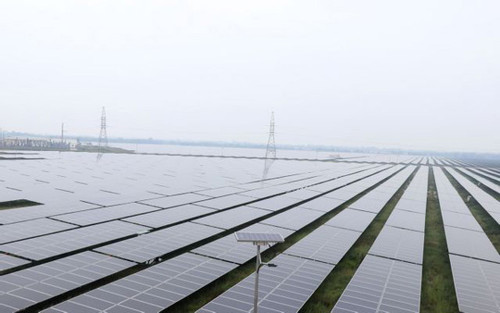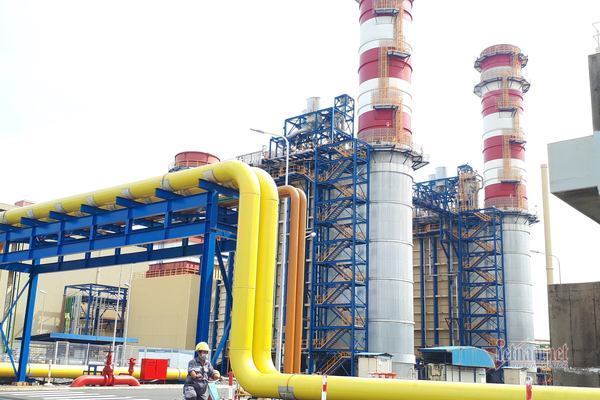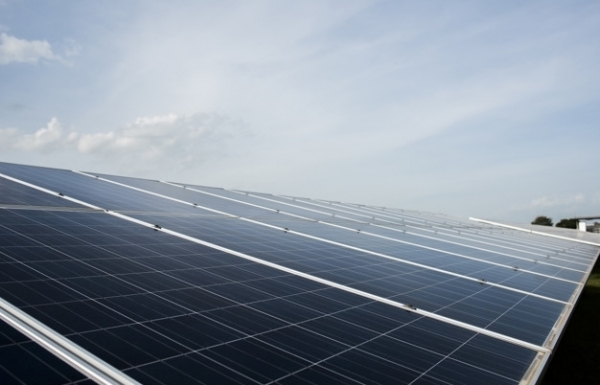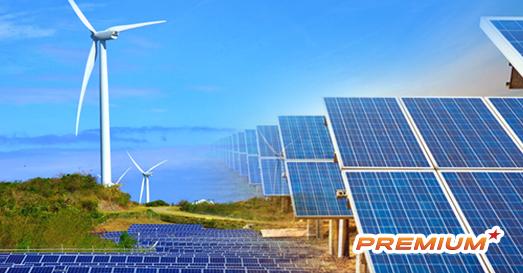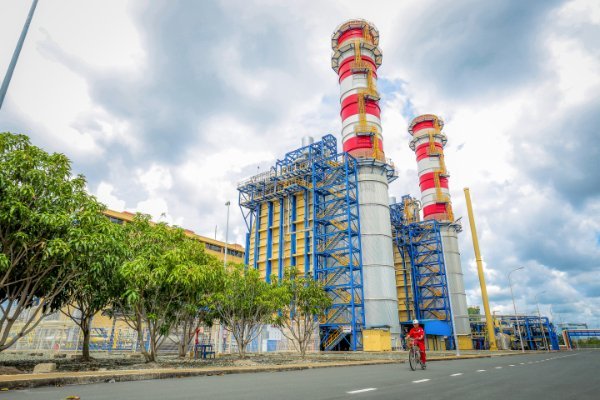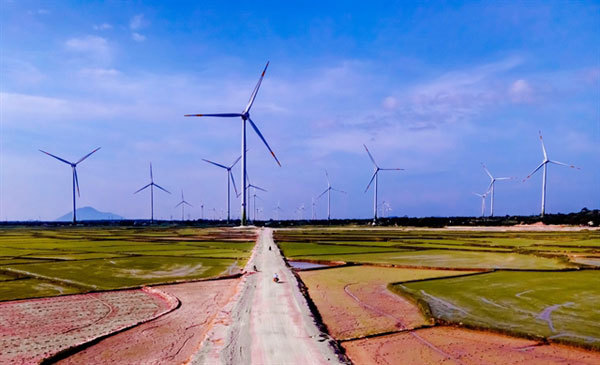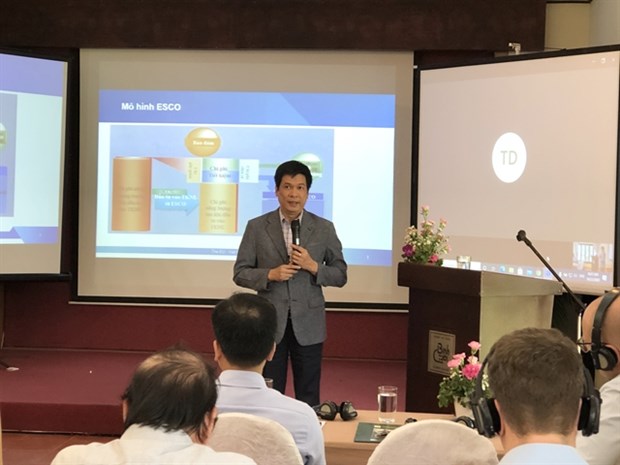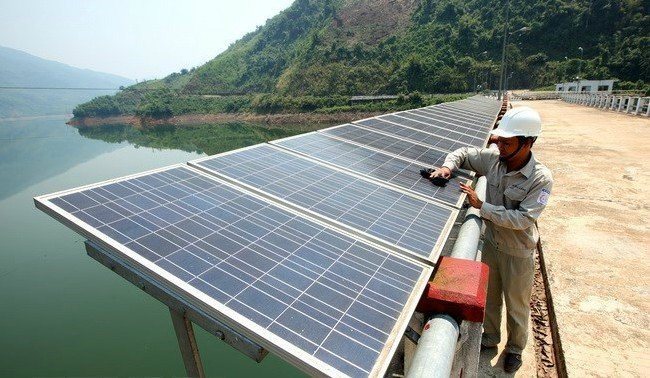- © Copyright of Vietnamnet Global.
- Tel: 024 3772 7988 Fax: (024) 37722734
- Email: [email protected]
power market
Update news power market
EVN refuses to accept electricity price negotiations for renewable power projects
EVN believes that determining the average annual power output of wind and solar power plants to determine electricity prices would be more complicated than traditional energy projects.
Electricity excess worries power plant owners
Electricity consumption has dropped sharply because of Covid-19. As a result, power plants have had to cut generation capacity.
Power plan revised to render market more competitive
The government this month requested the Ministry of Industry and Trade to review and re-submit the Power Development Plan VIII as the scheme is geared towards speeding up establishment of a competitive electricity market.
Renewable power projects built to sell to foreign investors
Vietnam, a global phenomenon in renewable energy development, has risen to the top of the region in terms of renewable energy, particularly solar power, in a short period of time.
Vietnam’s energy giant sets ambitious revenue of $1.2 billion
The PetroVietnam Power Corporation (PV Power) aims to earn VND28.4 trillion of revenue (US$1.2 billion) and pre-tax profit of nearly VND1.55 trillion this year.
Electricity prices still not falling despite oversupply
The Electricity of Vietnam’s (EVN) latest report showed that the Covid-19 pandemic has led to a decrease in electricity demand. The real electricity output in 2020 was 247 billion kwh and the additional charge growth rate was 3 percent.
Vietnam needs more than $128 billion to develop electricity in the next nine years
Vietnam needs about $128.3 billion of investment capital to develop its electricity industry in 2021-2030, according to draft electricity planning released by the Ministry of Industry and Trade (MoIT).
EVN signs MoU to buy electricity, develop power projects in Laos
Vietnam Electricity (EVN) on December 6 signed various Memoranda of Understanding (MoU) with investors of power projects in Laos to develop and purchase electricity from the neighbouring country in the time ahead.
Vietnam’s renewable energy: Key guidance to investors
Solar power capacity is increasing thanks to significant changes in feed-in-tariff.
Vietnam has potential for developing energy service companies market
There is great potential for the energy service companies market to develop in Vietnam as power consumption is forecast to increase sharply in the coming years, heard a workshop heard in HCM City on October 22.
Ministry proposes overhaul of investment framework for power projects
The National Assembly's economic committee held a hearing on the development of Vietnam's energy sector until 2030 yesterday.
Ministry scraps single power price proposal
The Ministry of Industry and Trade (MoIT) has decided to cancel plans for a single price model to calculate power tariffs after receiving feedback from relevant ministries and experts.
Renewable energy poised to attract private investors: VBF
 An energy strategy that focuses on renewables, natural gas, energy efficiency and battery storage will attract private sector investment, the Vietnam Business Forum (VBF) said in a report.
An energy strategy that focuses on renewables, natural gas, energy efficiency and battery storage will attract private sector investment, the Vietnam Business Forum (VBF) said in a report.
VN Trade Ministry orders halt to new solar power projects
 The Ministry of Industry and Trade has told the authorities of cities and provinces and Vietnam Electricity Group (EVN) to stop proposing solar power projects under the feed-in tariff (FIT) program until a new decision is issued.
The Ministry of Industry and Trade has told the authorities of cities and provinces and Vietnam Electricity Group (EVN) to stop proposing solar power projects under the feed-in tariff (FIT) program until a new decision is issued.
Solar power prices to be set via auction
 The purchase prices of solar power will be set through auction, instead of using a common price for the entire country, or different prices for different thermal radiation zones, according to officials.
The purchase prices of solar power will be set through auction, instead of using a common price for the entire country, or different prices for different thermal radiation zones, according to officials.
Vietnam's power consumption demand estimated to rise nearly 10% in 2019
 The power demand is estimated to increase by 9.9% this year, according to the Electricity of Vietnam (EVN).
The power demand is estimated to increase by 9.9% this year, according to the Electricity of Vietnam (EVN).
Vietnam posts highest-ever power consumption due to hot waves
 The peak power output (Pmax) hit 38,147 MW on June 21, the highest figure recorded in Vietnam so far.
The peak power output (Pmax) hit 38,147 MW on June 21, the highest figure recorded in Vietnam so far.
$1.3 billion for EVN-NPT’s transmission projects
The National Power Transmission Corporation under Electricity of Vietnam (EVN-NPT) mobilised about 1.3 billion USD in Official Development Assistance (ODA) for its transmission projects from 2011 to 2015.
Vietnam to issue power market rules
A law on the competitive power wholesale market of Vietnam will be promulgated in the second quarter of 2017.
Vietnam gropes around to develop competitive electricity market
VietNamNet Bridge – It’ll take Vietnam 10 more years to develop a competitive electricity market. This period is too long for some Vietnamese, who are eager to enjoy competitive electricity prices.
